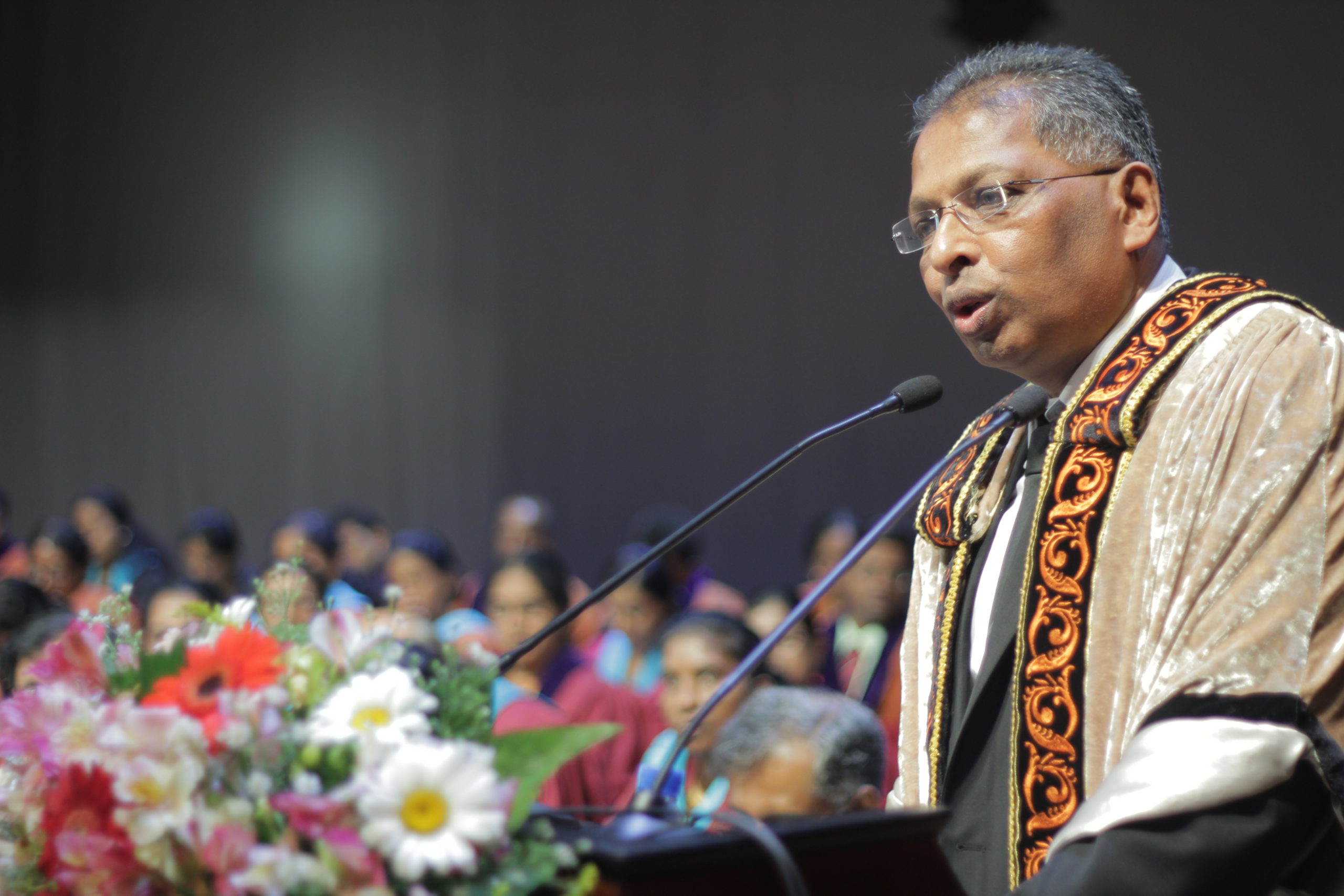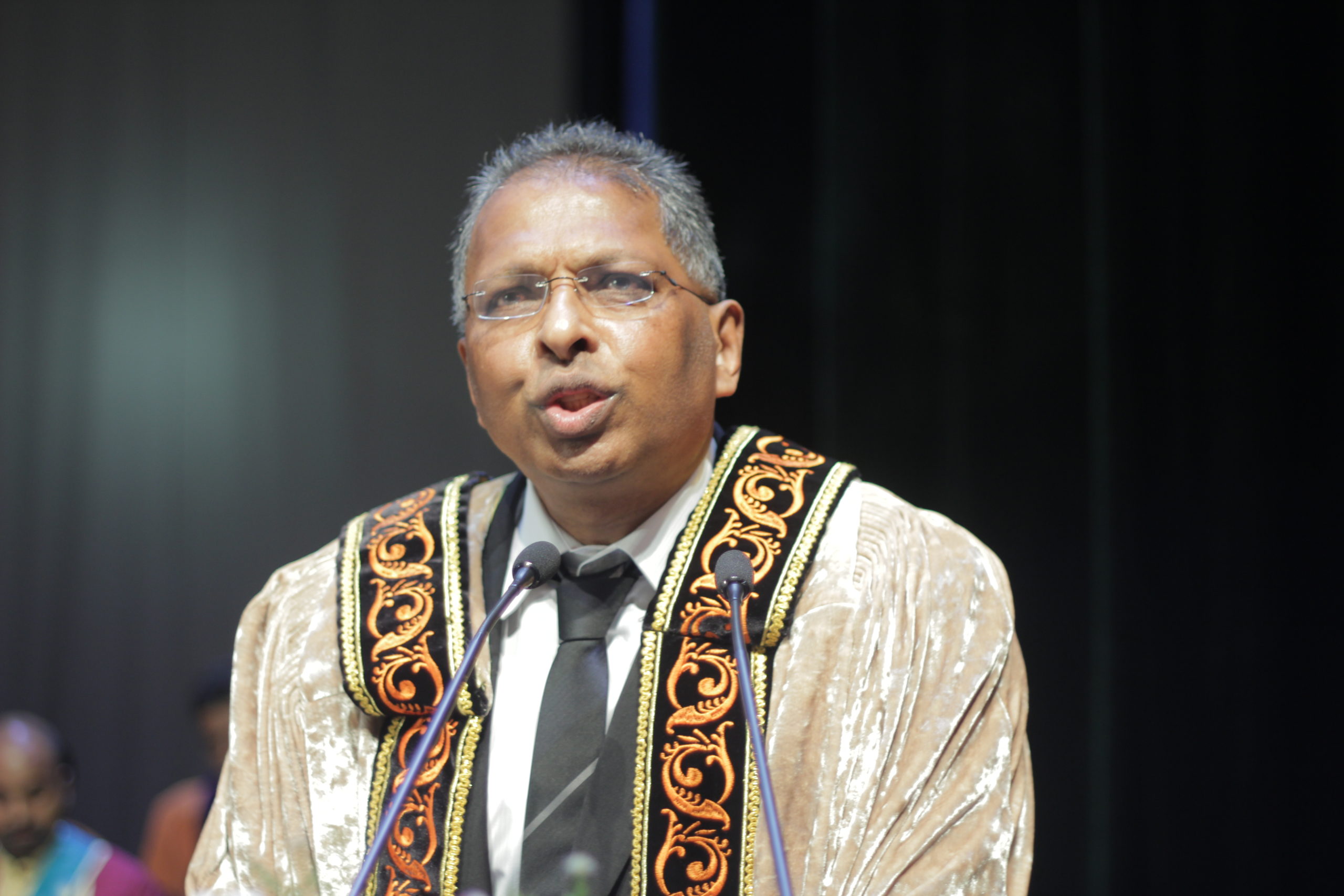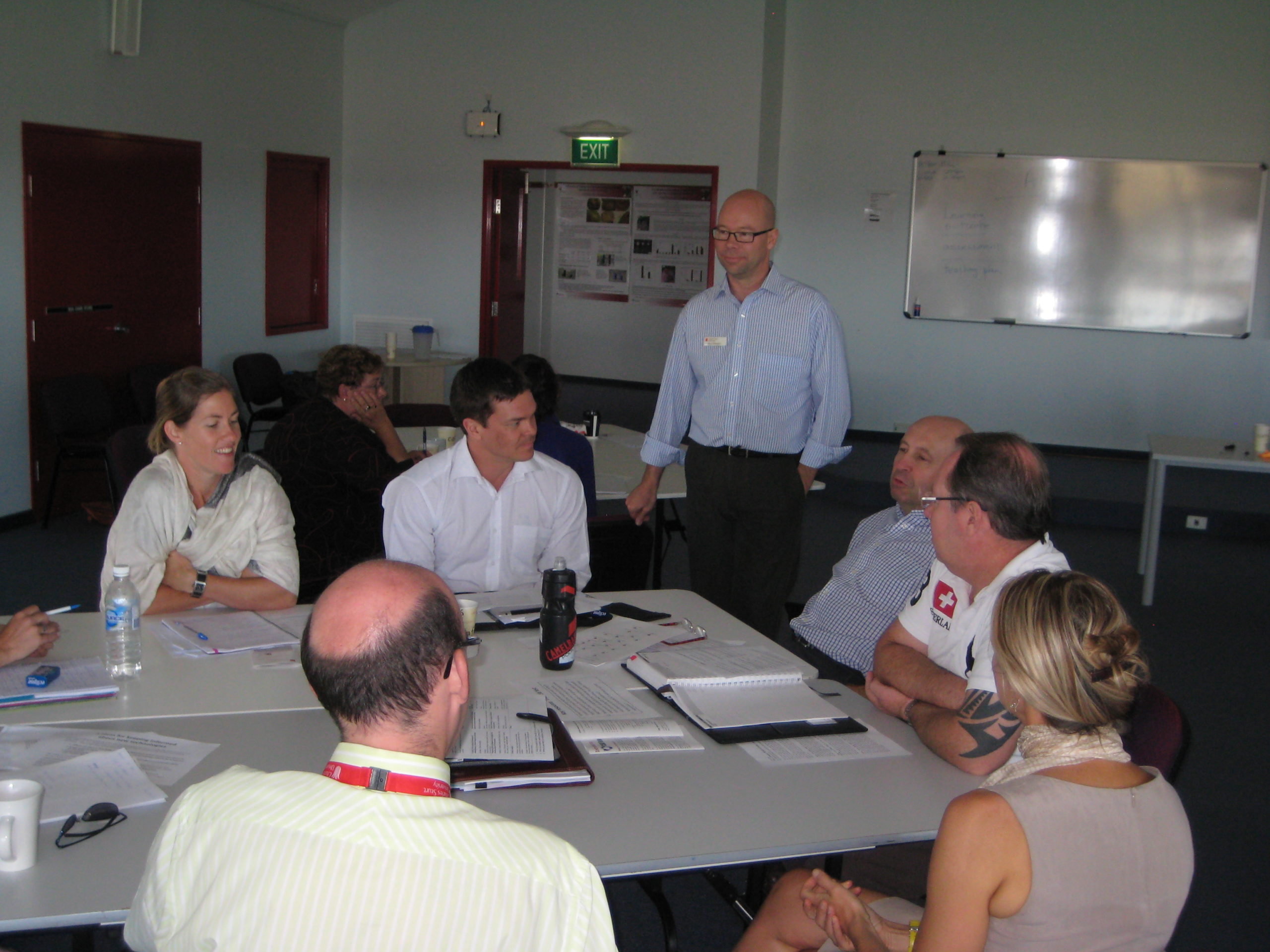Web Design
Case Study
Online Store
Design is concerned with applying knowledge, intuition and creativity to come up with artefacts that have not been invented or applied yet. The act of designing begins with an in-depth knowledge of core principles as well as a very thorough understanding of the context. Seen in this manner, design is a “situated act” (Xerox Parc: Brown, Collins and Duguid).
Team
Som Naidu
Shironica Karunanayaka
Mohan Menon
Categories
Learning experience design
Creative Process
Teaching is the product of multiple discourses. It is about the design of productive pedagogies. It requires knowledge about technology and education, as well as the knowledge that lies at the intersections of these areas. At the heart of synergies derived from technology, and education, is Learning Experience Design.
Learning and teaching are the results of good design. This is a creative process. In the case of education, the principles for designing will have been derived from: Extensive study of human learning and cognition; The affordances of technology; Knowledge of the learning and teaching context; as well as best practices in teaching.
Technological knowledge
This is knowledge about contemporary online learning technologies.
Open educational practice
This is about the adoption of a culture of openness.
Pedagogical knowledge
This is knowledge about productive pedagogies.
Open, flexible and distance learning
A mode of learning with several different permutations.
Product Features
Learning Experience Design
Situated cognition
Scenario-based learning
Learner engagment

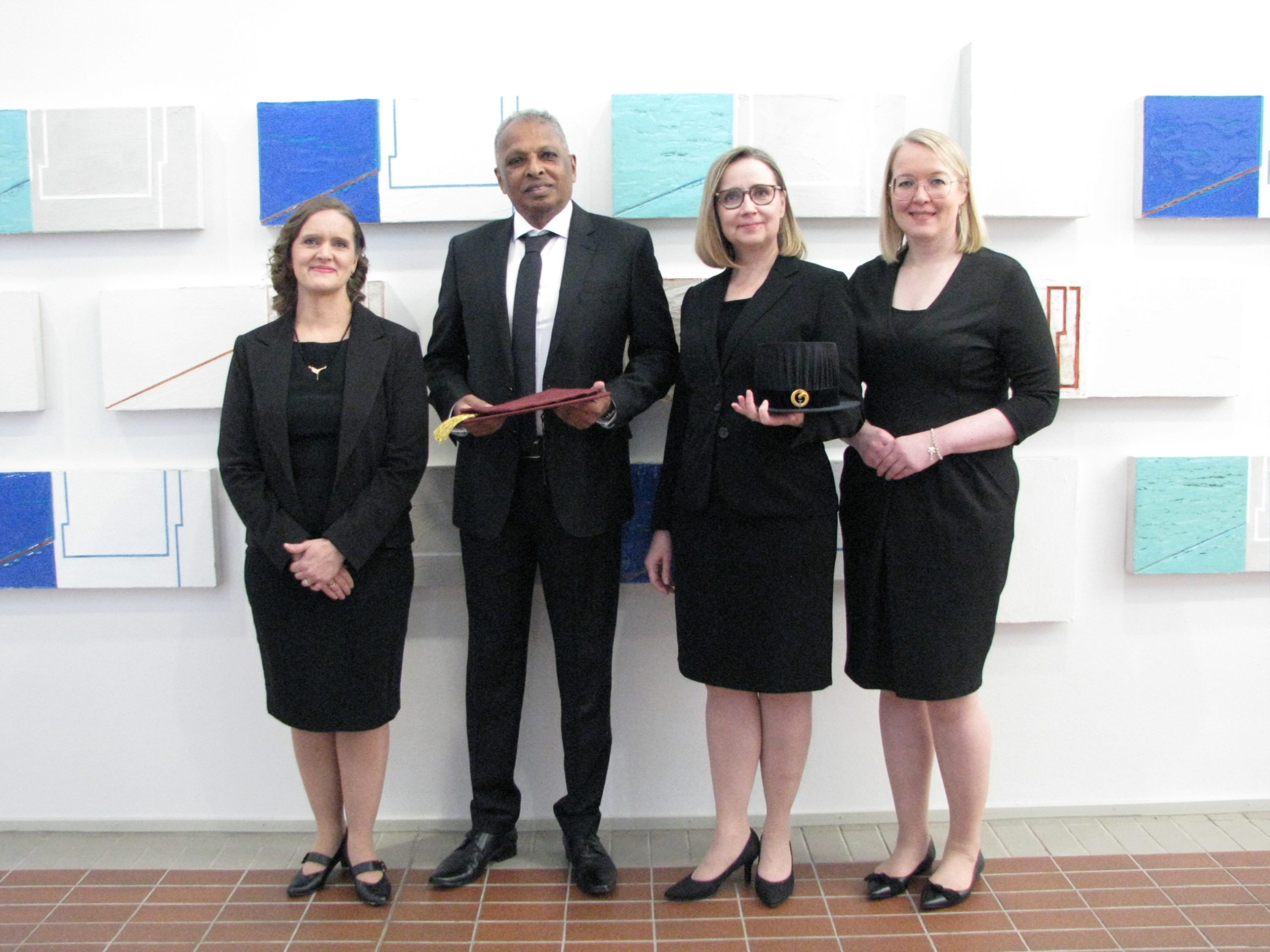
User Experience Design
This is not the same is Learning Experience Design
Learning Experience Design
This is not the same as User Experience Design.
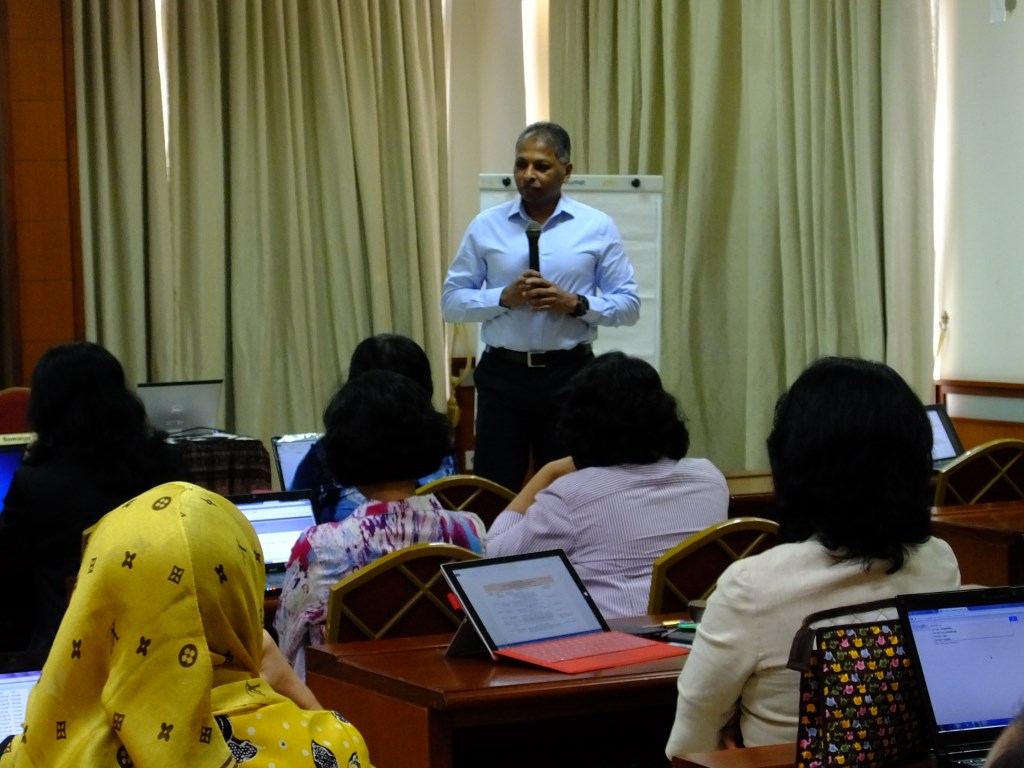
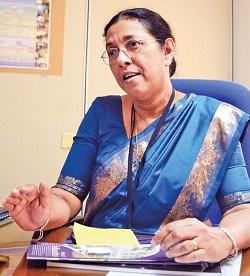

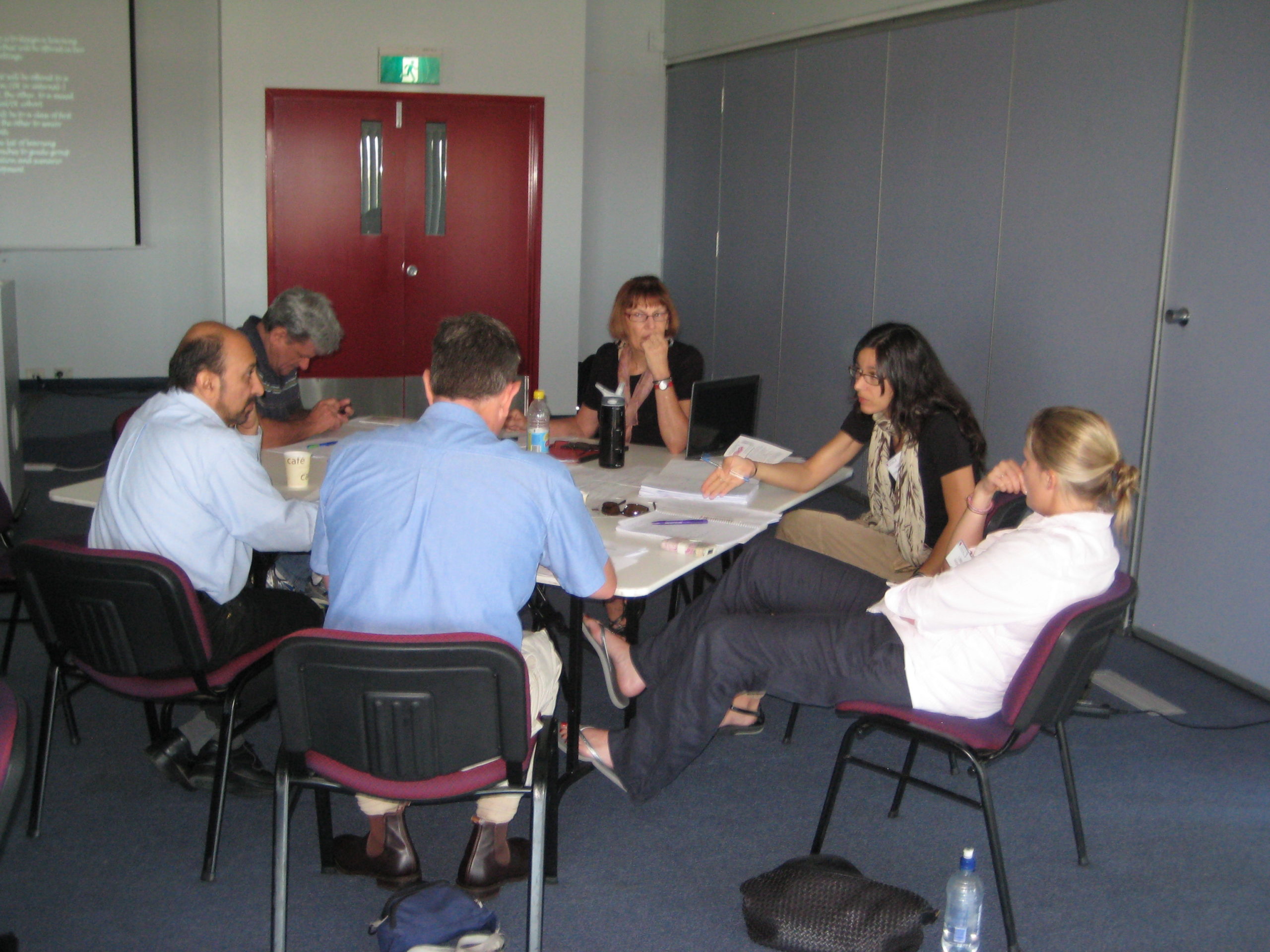


The act of designing begins with an in-depth knowledge of core principles as well as a very thorough understanding of the context.
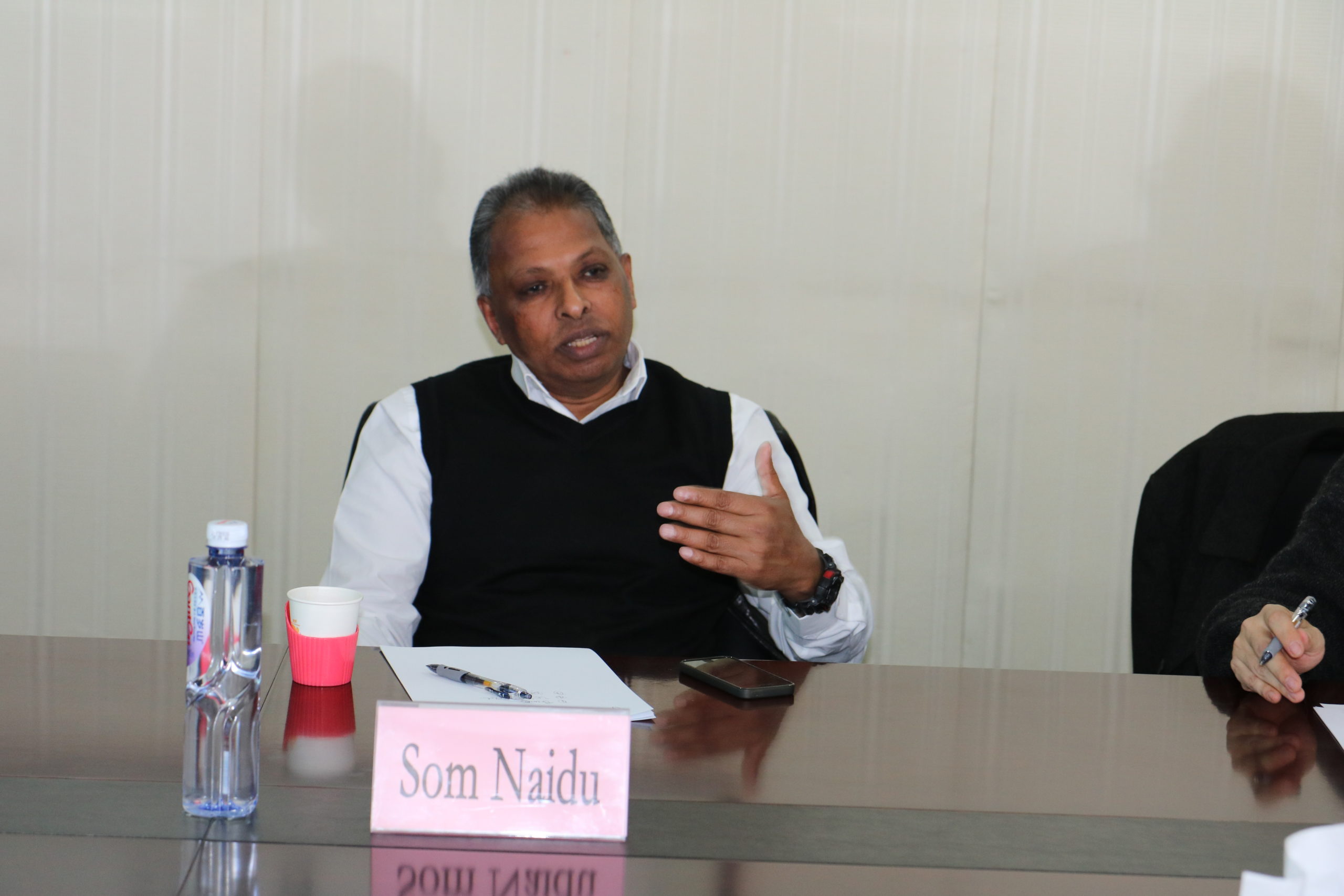
Key Considerations
If we were able to design educational institutions for such resilience from scratch or reengineer existing ones….
- What would institutions look like? What would be different about them?
- For instance, how would key educational functions, including their various education services, be organized and managed?
- How would roles and responsibilities in relation to teaching be reorganized?
- How would academic staff be appointed to their positions, and under what terms and conditions? Is It Still Teaching When the Professor Is Dead? (Is It Still Teaching When the Professor Is Dead? | EdSurge News); The Pandemic Pushed Colleges to Record Lectures. The Practice May Be Here to Stay. | EdSurge News
- How would academic staff have access to requisite professional development?
- What kinds of policy frameworks will be required for such future-focused education systems and institutions?
- Most importantly, what would be different about these considerations from the way they have always been (see Peters et al., 2020; UNESCO, 2020)?
Underlying assumptions
The key points have to do with the ethical and moral implications of open scholarship, especially in relation to assuring the quality of educational provision with integrity, and a duty of care of students as well as staff.
- Conversion Rate – 90%
- Return Users – 77%
- Social Following – 85%
Projects
Satisfied Clients
Ongoing Projects
Cups Of Coffee
Our Value Principles
Education is a public good! For without education there can be no freedom or Justice (Amartya Sen)
Let’s Start Something new
Say Hello!
Reach out and say hi! Drop us a note!


